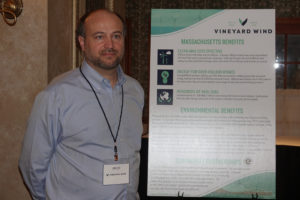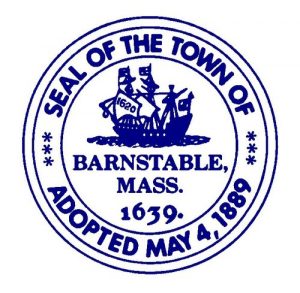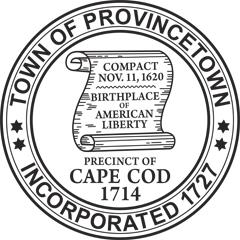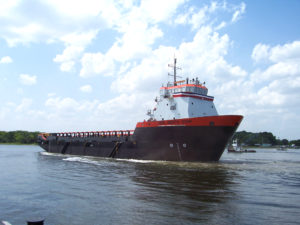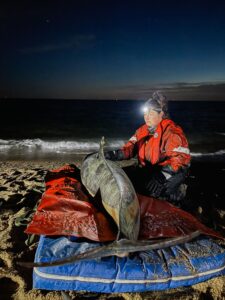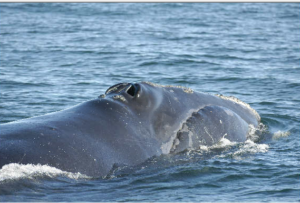NEW BEDFORD – Offshore wind developer Vineyard Wind has announced that it is seeking proposals for the deployment of advanced monitoring systems alongside transit routes to the offshore wind area located off the coast of Massachusetts.
The company is taking proposals for these advanced Passive Acoustic Monitoring Systems (PAMS) from universities, technology companies and other innovators.
The search is part of a broader effort to help better protect the critically endangered North Atlantic right whale during construction and operations of the first large-scale offshore wind energy facility in the country.
It’s a direct result of a historic agreement between Vineyard Wind, the Conservation Law Foundation, the Natural Resources Defense Council, and the National Wildlife Federation to protect the right whale, which took place earlier this year.
Vineyard Wind is seeking technology firms or academic institutions to provide and operationalize enhanced acoustic monitoring systems that will detect the presence of Right Whales, and transmit information in real-time to project staff so that enhanced protections can be effectively implemented.
The North Atlantic right whale ranks among the world’s most endangered whale species, with an estimated 410 remaining.
“Vineyard Wind has two goals with this initiative: First, to ensure best protections for the right whale as we go to build and operate the nation’s first commercial scale offshore wind farm,” said Erich Stephens, Chief Development Officer for Vineyard Wind.
“Our second goal, which is equally important, is to help place the emerging US offshore wind industry on track to deliver the substantial volume of clean, competitive cost energy that our nation needs while expanding protections for this highly endangered whale.”
“For offshore wind power to rise to its full potential as a massive source of clean energy and jobs for America, we need leadership and innovative solutions to ensure that all projects are developed responsibly with strong protections in place for the critically endangered North Atlantic right whale,” said Catherine Bowes, Offshore Wind Energy Program Director at the National Wildlife Federation.
“We’re very excited about the precedent-setting commitments that Vineyard Wind has made to protect right whales, and look forward to continuing our work together on this and other initiatives needed to advance responsibly developed offshore wind projects in the Atlantic.”
Vineyard Wind expects that the advanced acoustic detection systems provided through this initiative will allow the company, as well as neighboring wind project developers, to receive information about the presence and location of whales so as to ensure that vessel speed restrictions and other protective measures are effectively implemented.
The information gathered is also expected to be useful to scientists studying the Right Whale and other marine mammals, as well as help other mariners avoid impacts on right whales. Vessel strikes and fishing gear entanglement are widely reported as being the leading causes of Right Whale mortality.
Vineyard Wind is taking a number of measures to protect the right whale beyond the PAMS initiative announced today. Vineyard Wind will also curtail turbine construction during the winter and early spring months when the North Atlantic right whales are in the vicinity, and will be deploying measures to reduce underwater noise during installation of the turbine foundations.
Vineyard Wind previously announced a $3 million Wind & Whales Fund to advance marine mammal protections as the offshore wind industry develops along the East Coast, and to support the development of innovative methods and technologies to enhance protections for marine mammals.
Vineyard Wind was selected in May 2018 by Massachusetts electric utilities to provide 800-megawatts (MW) of wind generation capacity from a project located 15 miles south of Martha’s Vineyard. The project is projected to generate enough electricity to supply 6% of Massachusetts’s electricity usage.
The offshore wind developer remains on track to begin construction in 2019. Once operational in 2021, Vineyard Wind says its wind farm project will reduce the state’s carbon emissions by over 1.6 million tons per year, the equivalent of removing 325,000 cars from state roads.
By TIM DUNN, CapeCod.com News Center




